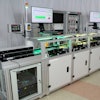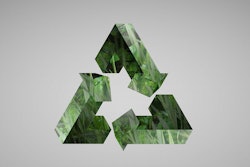The United Nations calls it a “tsunami.” Fifty million tons per year and growing.
That’s the global scale of electronic waste, also called e-waste. It’s one part of the rapid growth in the municipal solid waste stream. Virtually 100 percent of e-waste is recyclable, yet many countries are only recycling a fraction of their e-waste. Roughly 20 percent of e-waste is being effectively recycled worldwide.
From smartphones and tablets to laptops and LCD screens, the economics of electronics encourages disposal rather than reuse. Often, it’s cheaper to buy new than to recycle. With the increase in consumption, mining for materials and the large quantities of e-waste spell ecological challenges.
Few electronic devices last more than a few years these days. A report from the ENDS Europe agency demonstrated that electronic units sold to replace faulty appliances rose from 3.5 percent in 2004 to 8.3 percent in 2012. Large appliances in the home were replaced within their first five years of operations at a rate of 13 percent in 2013, up from 7 percent in 2004.
With the rate of e-waste production growing 4-5 percent per year, there are increasing calls to address the issue through a mix of government reforms and industry efforts. Before we discuss those efforts, it’s important to understand the scope of the e-waste crisis by looking at the numbers that make it a real and urgent challenge.
Check out the infographic below by ADEPEM.























